Microcredit offers great promise in helping the world’s poor. The basic idea is that a small loan, say $100, can help someone in the developing world buy some goats or a sewing machine, and use that asset to earn a living, plus pay back the loan. The idea has proven so successful in Bangladesh and other countries that one of the pioneers of microfinance, Muhammad Yunus of Bangladesh, of the Grameen Bank, earned the Nobel Peace Prize in 2006 for developing this idea.
Incidentally, microfinance refers to a wide range of beneficial financial services provided to the poor; microcredit specifically relates to providing very small loans, which are called microloans. And while we’re in the “micro” area, microenterprise refers to very small business organizations, typically 1-5 employees.
Microfinance has also been used to some extent in the developing world as well, including the United States, but with some additional twists to fit different circumstances. A good resource on this work comes from the Aspen Institute’s Field Program. One place where you can participate yourself is through Kiva.
The recent problem with finance concerns its role in India, where it is a big player in the rural areas. The problem is that the cost of developing and servicing these loans can be high. As any banker will tell you, it’s a whole lot more efficient to service big loans than small loans. And tiny ones are the most expensive. And so that’s why in India interest rates for microloans can be as high as 30%, which can put a big burden on the borrower. And, if the microfinance company finds ways to improve efficiencies and increase collection rates, it can also be very profitable.
In any event, in India there has been quite a revolt against those high interest rates, putting the entire sector on notice that it must reform its ways or face extinction from government regulators, and organized campaigns not to pay back loans with unreasonably high interest rates.
For more information, here are some recent articles on this revolt, from National Public Radio, and from the New York Times. And here’s an op-ed piece yesterday in the New York Times about this crisis, from Muhammad Yunus, entitled Sacrificing Microcredit for Macroprofits.
– – – – – –
For more resources, see our Library topic Business Planning.
Copyright © 2011 Rolfe Larson Associates – Fifteenth Anniversary, 1995 – 2010 —– Author of Venture Forth! Endorsed by the late Paul Newman of Newman’s Own ———- Read my weekly blogs on Social Enterprise and Business Planning
 Sections of this topic
Sections of this topic
















